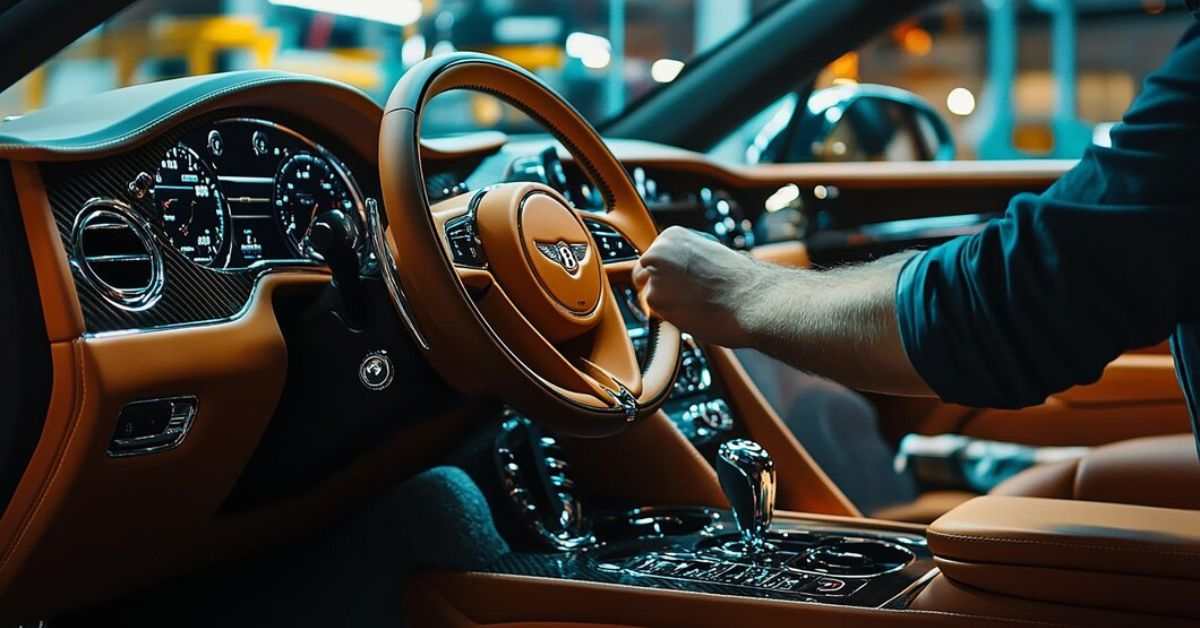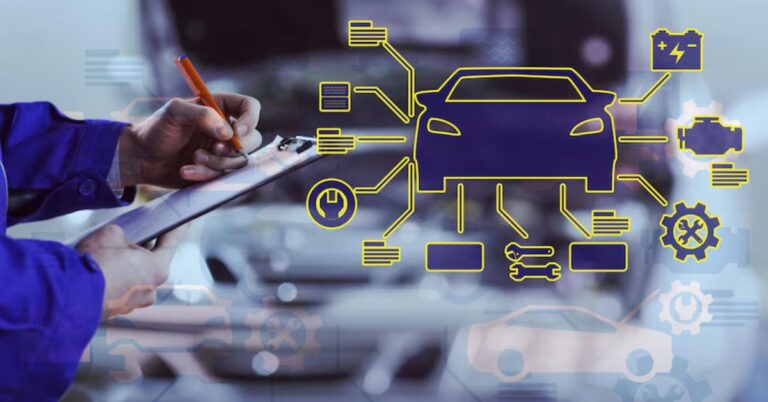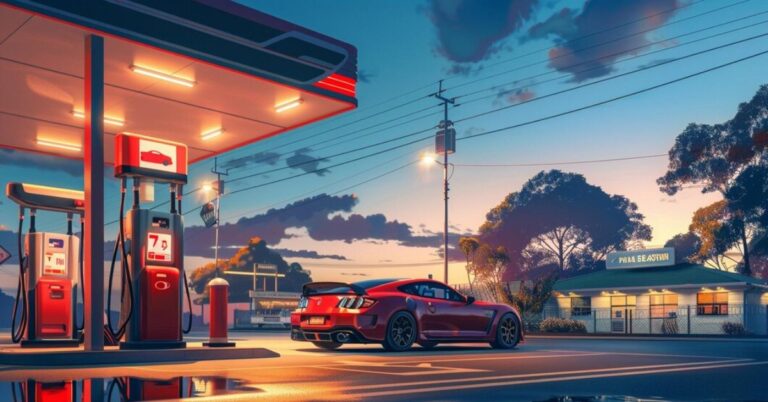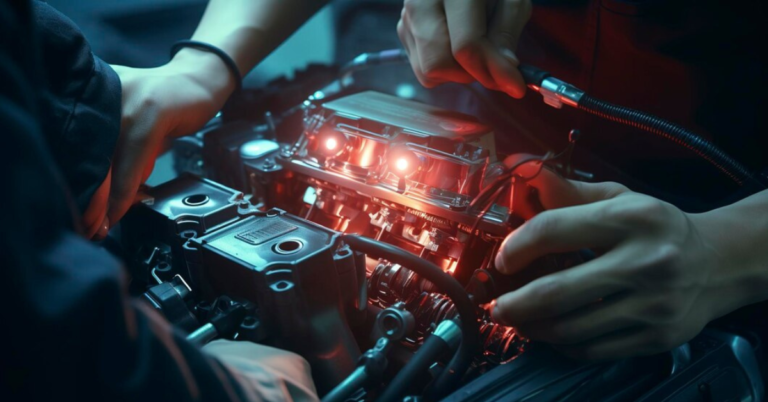PRNDOT: Master Your Vehicle’s Gear System
When you slip behind the wheel of your vehicle, there’s an integral part that often goes unnoticed yet plays a crucial role in driving and vehicle operation: PRNDOT. This simple arrangement of letters—Park, Reverse, Neutral, Drive, Overdrive, and Throttle—holds the key to how we navigate roads safely and efficiently. Whether you’re maneuvering through city streets or cruising on the highway, understanding PRNDOT can enhance your driving experience.
But what does it really mean? And how can knowing its functions improve not just your driving skills but also your car’s performance? Let’s dive into this essential aspect of modern vehicles and unlock the mysteries behind those seemingly straightforward gears.
What is Prndot?
PRNDOT is a crucial element of automatic transmission systems in most vehicles. It stands for Park, Reverse, Neutral, Drive, Overdrive, and Throttle. Each letter represents a specific function that plays an integral part in driving and vehicle operation.
When you shift into Park (P), your vehicle locks the transmission to prevent movement. This is essential when you’re stationary or parking.
Reverse (R) enables backward motion. It’s vital for maneuvering out of tight spots or driveways.
Neutral (N) disconnects the engine from the wheels but allows rolling freely if needed.
Drive (D) is used for normal forward driving under various conditions.
Overdrive (O/D) optimizes fuel efficiency during highway cruising by allowing lower engine RPMs at higher speeds.
Throttle Control (T) manages your speed and acceleration seamlessly as you navigate different terrains. Each component works harmoniously to enhance your driving experience.
The Function and Purpose of Each Gear
Understanding the function and purpose of each gear in the PRNDOT system is crucial for effective driving.
Park (P) locks your vehicle in place, preventing it from rolling away when stationary. It’s essential for safety, especially on inclines.
Reverse (R) allows you to back up safely. This gear engages a different set of gears that enable motion backward while ensuring visibility and control.
Neutral (N) disconnects the engine from the wheels. It’s useful during towing or when your car needs to be pushed without engaging powertrain components.
Drive (D) is designed for forward movement at various speeds. It adjusts automatically based on acceleration, providing a seamless driving experience.
Overdrive (O/D) optimizes fuel efficiency by allowing higher speeds with lower engine RPMs, perfect for highway cruising.
Throttle Control (T) manages how much power reaches your wheels, affecting responsiveness and acceleration directly related to performance dynamics.
Common Misconceptions about PRNDOT
Many drivers hold misconceptions about PRNDOT that can lead to improper use of their vehicle’s gear system. One common myth is that you should always shift into neutral at traffic lights to save fuel. In reality, most modern vehicles are designed to remain in drive without significant fuel consumption.
Another misunderstanding is the belief that it’s safe to switch from drive directly into reverse while moving. This practice can cause severe damage to your transmission and should be avoided at all costs.
Some people also confuse overdrive with higher speeds only, thinking it’s unnecessary for city driving. However, using overdrive appropriately improves fuel efficiency even during highway cruising.
Many underestimate the role of throttle control in conjunction with PRNDOT settings. Properly managing throttle while shifting gears enhances overall performance and longevity of the vehicle’s engine and transmission system.
How to Properly Use PRNDOT
Using PRNDOT correctly is crucial for smooth driving and vehicle longevity. Start by ensuring your foot is on the brake before shifting gears. This simple step prevents accidental gear changes.
When moving from Park to Drive, gently release the brake and accelerate smoothly. Abrupt movements can strain your transmission system.
For reverse maneuvers, check your surroundings thoroughly. Use mirrors effectively and steer with caution to avoid obstacles.
In everyday driving situations, utilize Neutral when idling for extended periods or during brief stops. Just remember, don’t shift into Neutral while in motion unless necessary for safety reasons.
Overdrive should be engaged during highway cruising to enhance fuel efficiency. It reduces engine RPMs at higher speeds, saving gas over long distances.
Always familiarize yourself with the specific features of your vehicle’s gear system as they may vary slightly across modern models equipped with electronic shift systems or adaptive technologies.
Maintaining Your Vehicle’s Gear System
Regular maintenance of your vehicle’s gear system is crucial for optimal performance. Start with checking the transmission fluid level. Low fluid can cause shifting issues and lead to costly repairs.
Inspect for leaks around the transmission area. Spotting a small puddle under your car could signal a problem that needs attention.
Pay close attention to any unusual noises during gear changes. Grinding or clunking sounds often indicate wear and tear on components, which should not be ignored.
Keep an eye on warning lights on your dashboard. They serve as early indicators of potential malfunctions in the PRNDOT system.
Consult your owner’s manual for recommended service intervals specific to your make and model. Staying proactive will help ensure longevity and reliability in both urban driving and off-road adventures alike.
Troubleshooting Issues with PRNDOT
Experiencing issues with your vehicle’s PRNDOT can be frustrating. When you shift gears, but the transmission doesn’t respond as expected, it’s time to investigate.
First, check for warning lights on your dashboard. If any indicators are illuminated, they could point to a more significant problem within the gear system or other components of your vehicle.
Next, listen for unusual sounds when shifting. Grinding or clunking noises may suggest that something is amiss in the transmission itself.
If you’re unable to shift into certain gears smoothly—especially between Drive and Overdrive—look at fluid levels. Low transmission fluid can lead to erratic behavior and potential damage over time.
Consider consulting a mechanic if issues persist. They can provide diagnostics and insights that might not be visible during casual checks. Addressing these problems early can save you from costly repairs down the line.
Conclusion
Understanding PRNDOT is crucial for any driver. Each component of this essential system plays a specific role in vehicle operation and influences your driving experience.
From Park to Overdrive, knowing how to navigate these settings can enhance safety and comfort on the road. The nuances of each gear affect not only performance but also fuel efficiency.
As vehicles evolve with technology like electronic shift systems and throttle by wire, the relationship between drivers and their gear mechanisms becomes even more sophisticated.
Embracing these advancements while mastering traditional techniques will prepare you for future innovations in driving. Being informed leads to better choices behind the wheel—whether you’re cruising through urban landscapes or tackling off-road adventures.
Stay curious about how PRNDOT impacts every journey you take, as it remains an integral part of modern automotive design.
FAQS
What does PRNDOT stand for?
PRNDOT stands for Park, Reverse, Neutral, Drive, Overdrive, and Throttle. It is an integral part of most automatic transmission vehicles that allows drivers to control their vehicle’s movement effectively.
How do I know when to use each gear in PRNDOT?
Each gear serves a specific purpose. Use Park (P) when stationary, Reverse (R) for backing up, Neutral (N) when idling without driving power, Drive (D) for regular forward motion at varying speeds, and Overdrive (O/D) for highway cruising or fuel efficiency. Throttle (T), while not always labeled as such on every shift lever, refers to the accelerator’s control over engine performance.
Can using Overdrive improve my fuel efficiency?
Yes! Engaging Overdrive can significantly impact fuel efficiency by allowing your engine to run at lower RPMs during highway driving. This reduces overall fuel consumption while maintaining speed.
Is it safe to shift from Drive directly to Park?
Shifting from Drive directly into Park without stopping can damage your transmission. Always come to a complete stop before shifting into Park or Reverse gears.
Do modern vehicles have different systems for PRNDOT?
Absolutely! Modern vehicles often feature electronic shift systems and adaptive transmissions that enhance how gears engage based on driving conditions. Advanced technologies like throttle-by-wire integration further optimize how you interact with the vehicle’s power delivery system.







